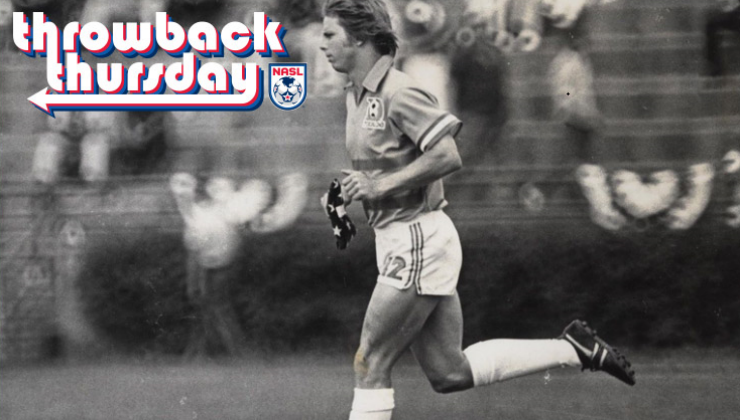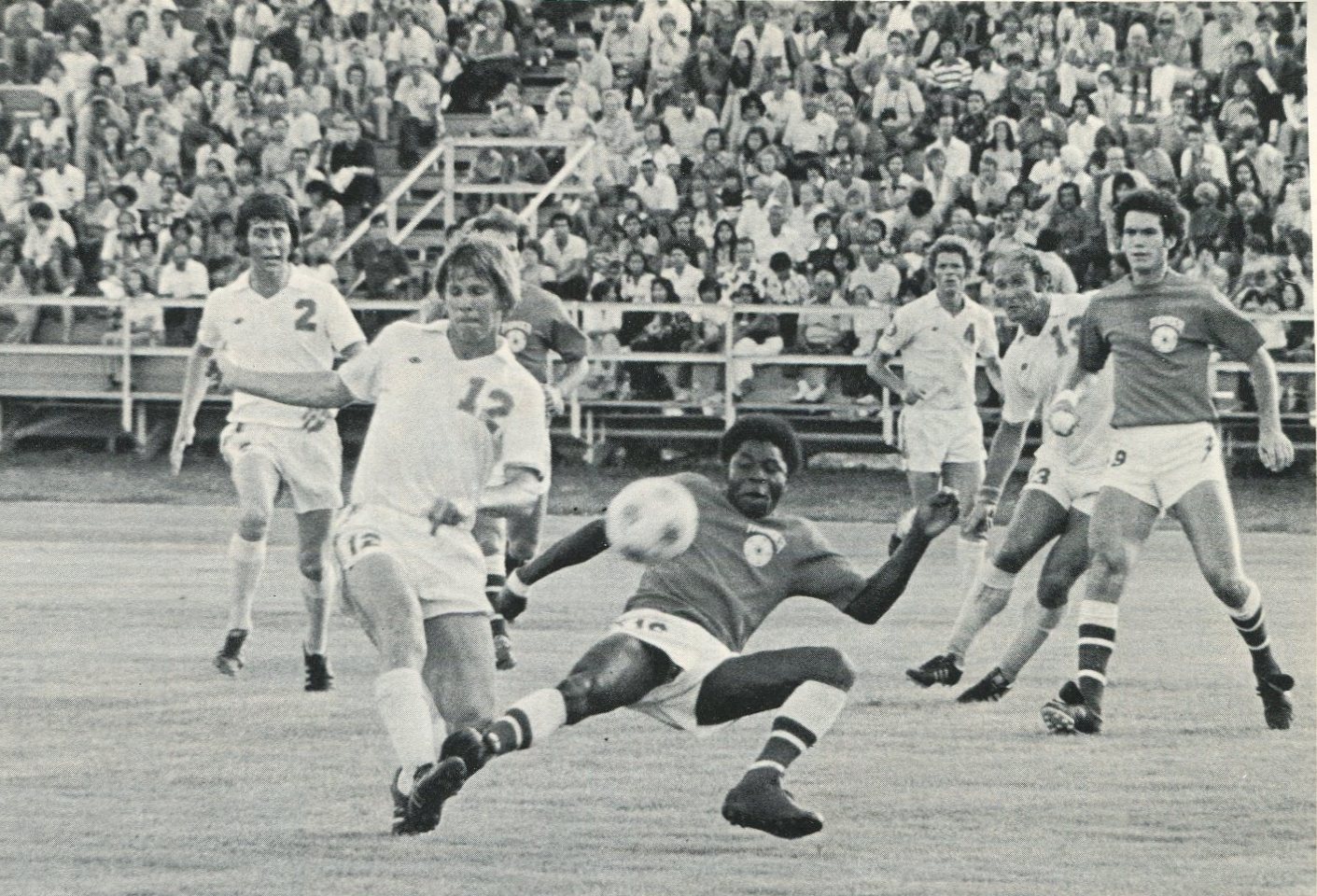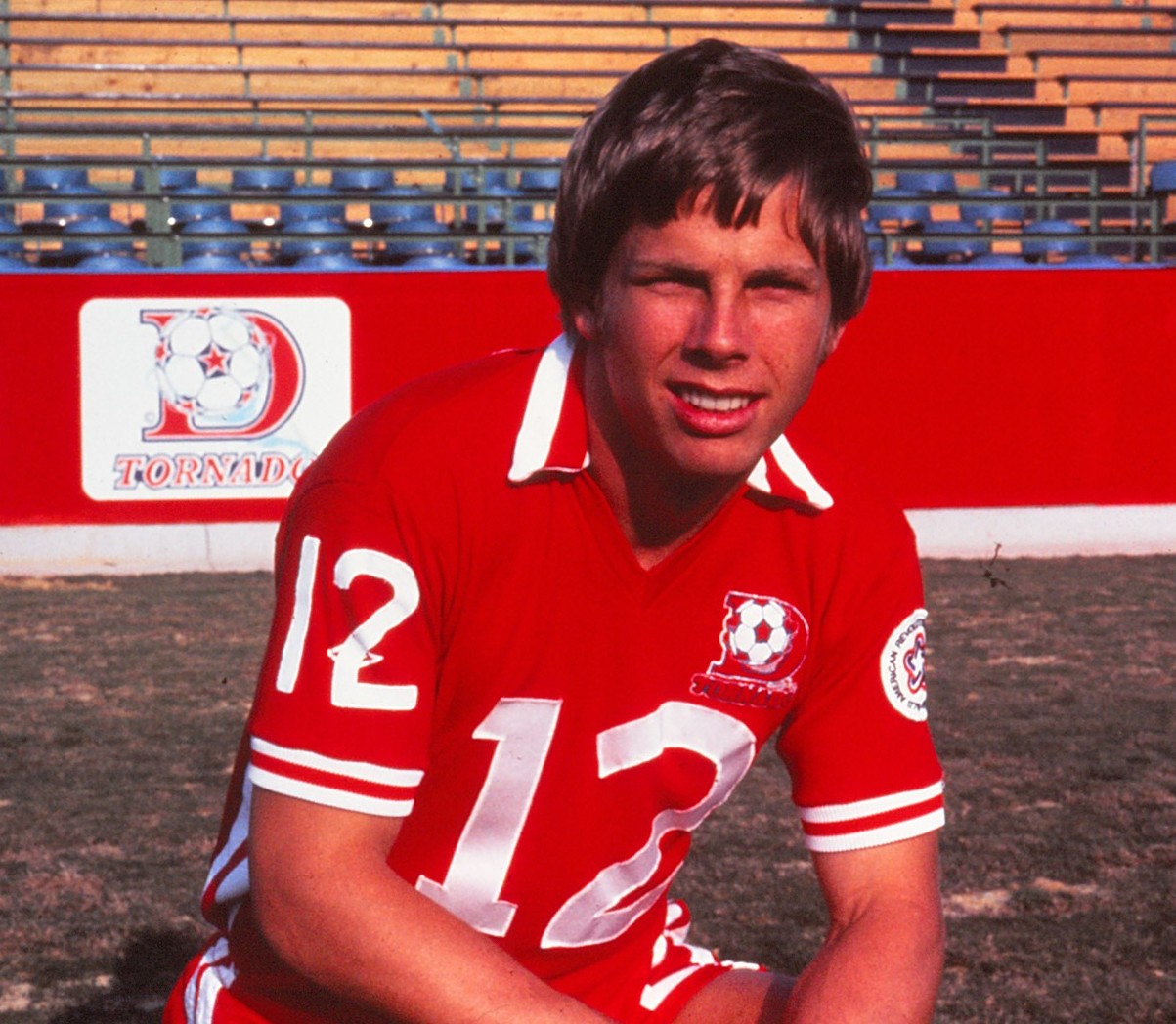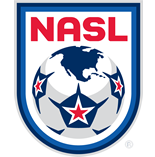THROWBACK THURSDAY | Kyle Rote Jr. Becomes First American Soccer Star

Growing up in Dallas, it would have been easy for Kyle Rote Jr. to look into the future and never see where his chosen path would lead.
His father Kyle Rote was an NFL star for the New York Giants. Soccer was hardly on the radar in Rote Jr. or his community’s mind. A trip, however, to see the 1966 FIFA World Cup final from England as a teenager helped plant the seeds for the eventual Dallas Tornado star.
“I didn’t start until I was 14-15,” Rote Jr. said. “My best friend, Hank Davis, who had a Scottish background and his family knew about the game, is the one who took me in 1966 to Moody Coliseum at SMU, which was their basketball arena, showing the ’66 World Cup. We were watching the final and he was showing me and teaching me about the game – what you could and couldn’t do, very basic stuff.
“I hadn’t really been exposed to it, there were no youth soccer clubs at the time.”
There, Rote Jr. watched Geoff Hurst, his eventual role model for his game, score a hat trick for England against West Germany in London at Wembley Stadium in a victory in extra time before home fans.
At that time, it was just before the National Premier Soccer League and the United Soccer Association began play in 1967 before a merger created the North American Soccer League. But the sport was on the periphery and equipment wasn’t readily available – it was a long way from the soccer world of today in the U.S. where games from around the world are only a click away.
“In 1967, you couldn’t buy soccer balls in the state of Texas,” Rote Jr. said. “We bought soccer balls and shin pads, but we had to place orders with companies that were located in the Northeast, where soccer was a lot more common.”
After a broken leg at Oklahoma State University, Rote Jr. dropped the oval ball from his hands for a round one at his feet. He headed to the University of the South in Sewanee in Tennessee, which was one of only a few institutions in the South with a soccer program.
And then in the 1972 draft, the first of the NASL’s Golden Era, Rote Jr. was selected in the first round by his hometown side, Dallas Tornado. But his breakout in the soccer world would be delayed.
Wanting to finish school as well as get married after graduation, Rote Jr. didn’t join his new teammates until later in the season.
“The season started two months or so before I was going to be able to graduate,” he said. “I came to the team in the middle of the summer and about two-thirds of the season was over in 1972.”
The delay, however, may have set the stage for what was to come in Rote Jr.’s debut season in 1973. Having only learned the game as a teen, his soccer education grew by leaps and bounds while training with his teammates for the rest of the ’72 season.
“I was the perpetual visiting team and would play against the guys,” he said. “It was in those sessions – Dick Paul, John Best, Kenny Cooper – were extremely helpful to me, taught me. I was very aggressive to learn and grow as a player.
“I tried to find out what made them uncomfortable.”
The lessons learned in the middle of a hot Texas summer, spent taking extra time on the field after training, paid off. His 10 goals and 10 assists, which amounted to 30 points, put him atop the list for all scorers, and he earned Rookie of the Year honors. 
Rote Jr., however, praised his teammates – not only for teaching him, but always finding him in the right spots. Noting that he was never one to take the ball and try to dribble around a plethora of defenders, he would try to get in and around the box, particularly using his strength in the air.
“You’re going to score goals, even if they just knock the ball off your body, so you’re going to get glory whether you deserve it or not,” he said.
“If you were to put a clock on all 22 players in any match I played that year and clicked the stopwatch on the ball and off when they passed the ball or lost it or whatever, I’d probably finish of all 22 players in 22nd every match,” he said. “I was a finisher, they just had to get me the ball in one of the spots my defenders and goalkeepers helped me understand.”
Rote Jr. repaid his teammates by continuing to work hard to better his craft and never shirking his defensive responsibilities.
“I’d also come back to defend corner kicks because my best strength was heading the ball,” he said.
And it all made for a recipe for success for the Tornado. The club went on to top its conference, the Southern Division, before meeting the defending NASL Champion, the New York Cosmos, in the semifinals. In a match that ended 1-0, Rote Jr. scored the decisive goal. Dallas, however, would fall just short of winning the title. The club lost to the expansion Philadelphia Atoms, 2-0, after Best’s own goal and defender-turned-forward, and seldom-used, Billy Straub tacked on a goal later in the match.
 Rote Jr.’s trajectory, however, was in the ascendancy as a bonafide American soccer star. His visibility in the American conscious grew after he won the ABC show, “Superstars,” three out of the next four years after his debut season – 1974, ’76, and ’77. He would also often visit other cities early, before NASL matches, to help build the buzz around the coming contest.
Rote Jr.’s trajectory, however, was in the ascendancy as a bonafide American soccer star. His visibility in the American conscious grew after he won the ABC show, “Superstars,” three out of the next four years after his debut season – 1974, ’76, and ’77. He would also often visit other cities early, before NASL matches, to help build the buzz around the coming contest.
Looking back, it may have been hard to envision where Rote Jr., or the sport, would have reached. The native Texan has certainly enjoyed the ride.
“I’m so thankful that any city I go into now, soccer is considered just as American as football, basketball, and baseball is,” he said.
And how far has the sport come?
“We’re part of the soccer world, but in my era, we were not considered part of the soccer world in the 70s,” Rote Jr. said.


